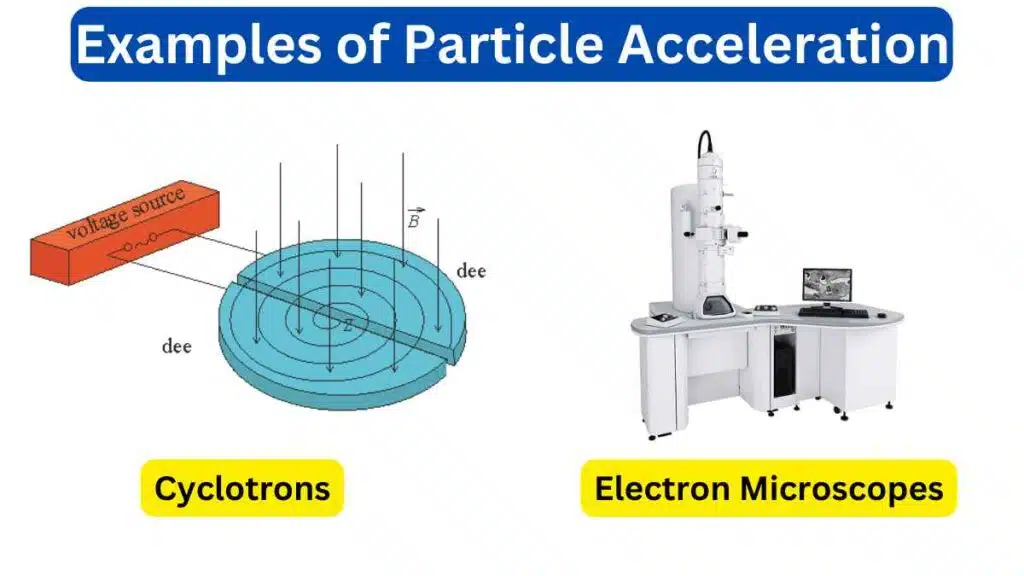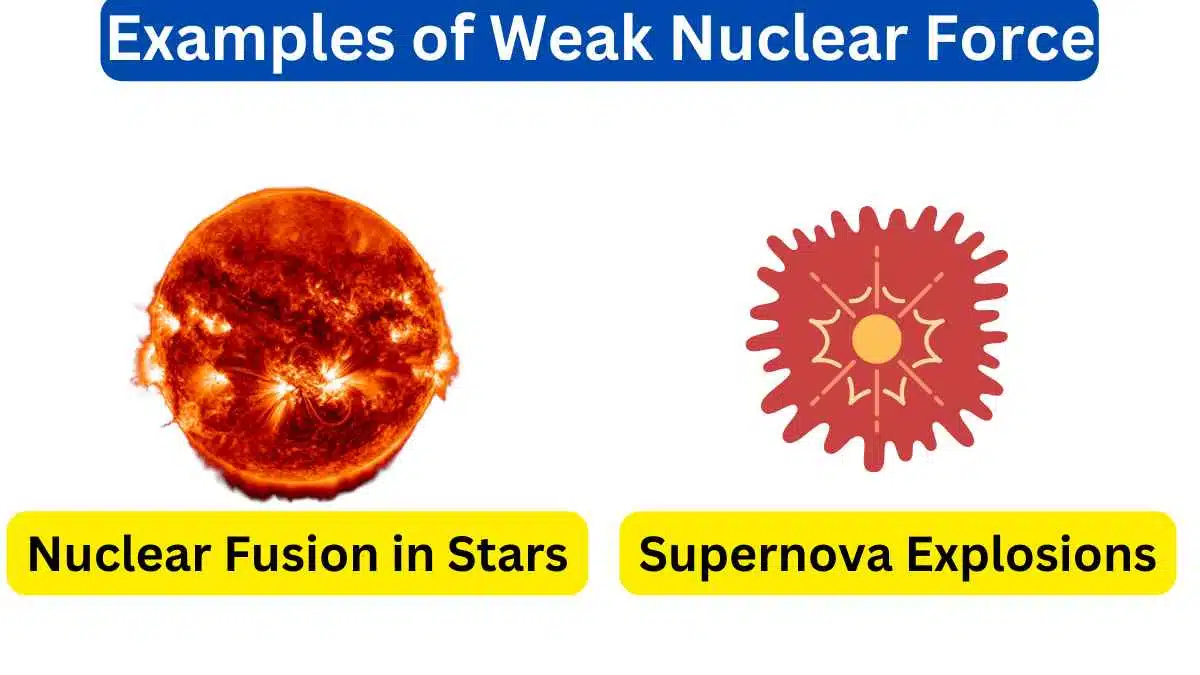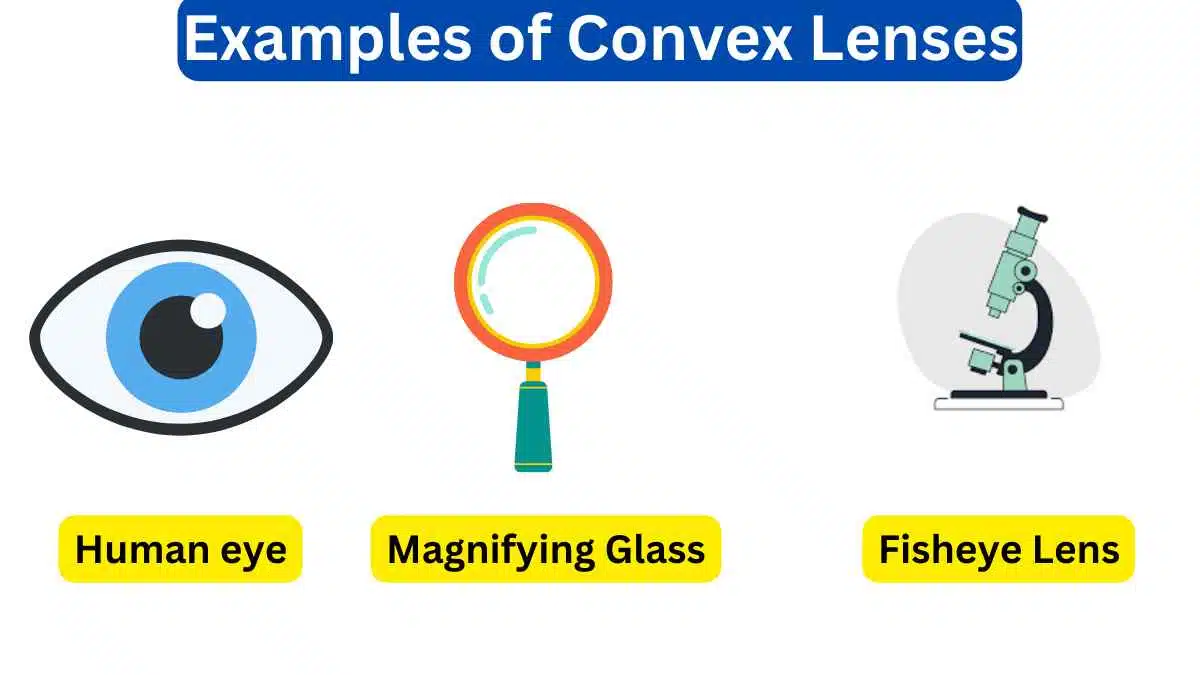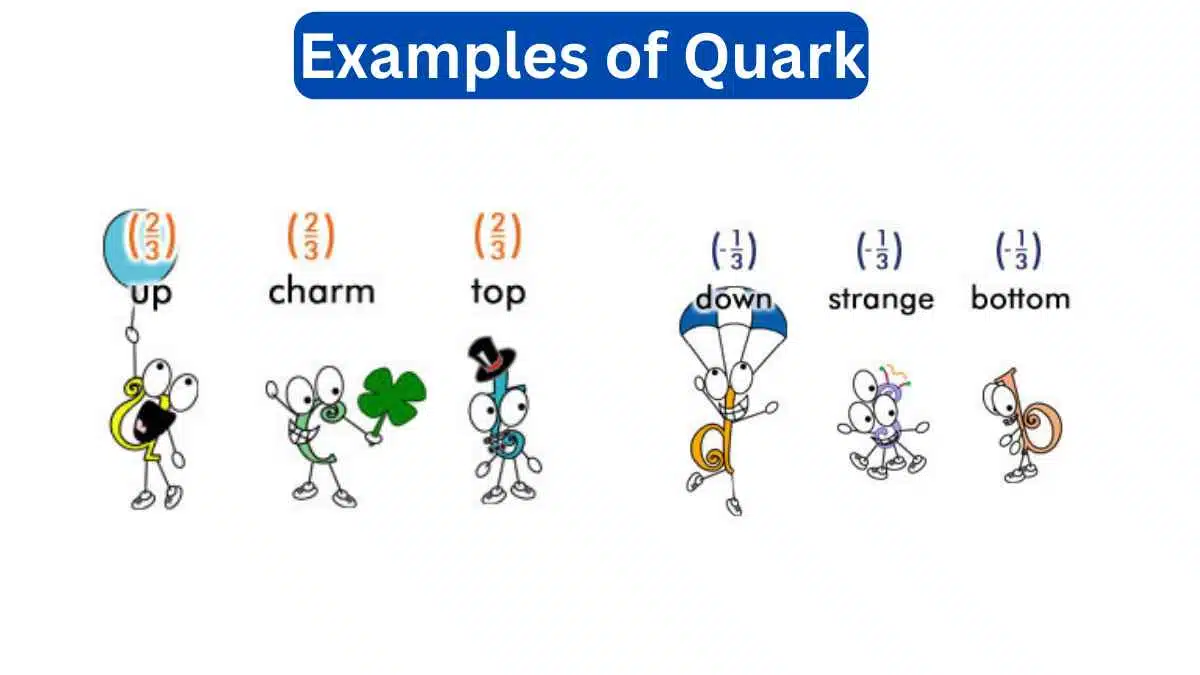10 Examples of Particle Acceleration
Particle acceleration is the process of increasing the speed of particles, such as protons or electrons, to high energies. Examples of particle accelerators include cyclotrons, linear accelerators, and synchrotrons.
Examples of particle acceleration
Here are ten examples of particle acceleration.

1. Particle Accelerators (Colliders)
Large-scale particle accelerators like the Large Hadron Collider (LHC) at CERN accelerate protons and other particles to near the speed of light to collide them and study fundamental particles and forces.
2. Cyclotrons
Cyclotrons use a magnetic field to accelerate charged particles in a spiral path, increasing their energy. They are used in medical applications, such as cancer treatment and isotope production.
3. Linear Accelerators (Linacs)
Linear accelerators accelerate particles in a straight line. They are used in cancer radiation therapy and as injectors for larger accelerators.
4. Synchrotrons
Synchrotrons are circular particle accelerators that use strong magnetic fields to bend and accelerate charged particles. They are used in synchrotron light sources for materials science and biology research.
5. Cosmic Ray Acceleration
High-energy cosmic rays, mostly protons and atomic nuclei, are accelerated in astrophysical sources such as supernova remnants, pulsars, and active galactic nuclei (AGNs).
6. Solar Particle Acceleration
Solar flares and coronal mass ejections can accelerate charged particles, including electrons and protons, to high energies. These solar energetic particle (SEP) events can affect space missions and Earth’s environment.
7. Magnetic Reconnection
In astrophysical plasmas and laboratory experiments, magnetic reconnection can accelerate charged particles to high energies by converting magnetic energy into kinetic energy.
8. Shock Waves
Supernova shocks, galactic jets, and accretion disks can accelerate particles to relativistic speeds through the process of shock acceleration.
9. Electron Microscopes
Electron microscopes use electromagnetic fields to accelerate electrons to high velocities, allowing for detailed imaging and analysis of nanoscale structures.
10. Van de Graaff Generators
While not used for high-energy particle physics, Van de Graaff generators are simple electrostatic accelerators that can generate high voltage and accelerate small particles as part of physics demonstrations and educational tools.
These examples showcase the diversity of particle acceleration processes in both laboratory settings and astrophysical phenomena, leading to a deeper understanding of particle physics and natural phenomena in the universe







Leave a Reply